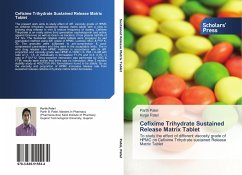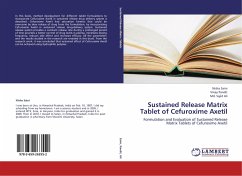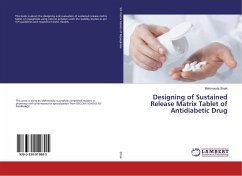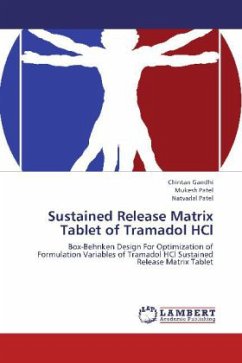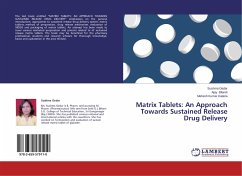The present work aims to study effect of diff. viscosity grade of HPMC on cefixime trihydrate sustained release matrix tablet with a view to prolong drug release in vivo & reduce frequency of dosing. Cefixime Trihydrate is an orally active third generation cephalosporin and active against Gram+ve as well as Gram -ve bacteria. It has plasma half-life of 3-4 hrs. The Sustained release matrix tablets were prepared by wet granulation method using diff. grade of HPMC, Lactose, MCC & PVP K-30. The granules were subjected to pre-compression & post-compression parameters and they were in the acceptable limits. The in vitro drug release from HPMC matrices in accordance with its diff. proportion and viscosity grade was HPMC K-100M K-15M K-4M with ratio of (1, 1.5, 2) individually in formulation F1-F9 and (0.5, 0.75, 1) ratio in F10-F12. Drug-excipient interaction was performed by DSC & FTIR; results were shown that there was no interaction. After 3 months stability study at 400C/75% RH, formulations found to be stable. So as the viscosity and proportion of HPMC increases release rate from sustained release cefixime trihydrate matrix tablet decreases.

